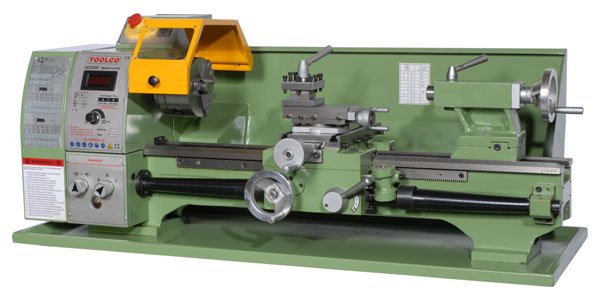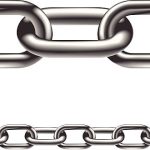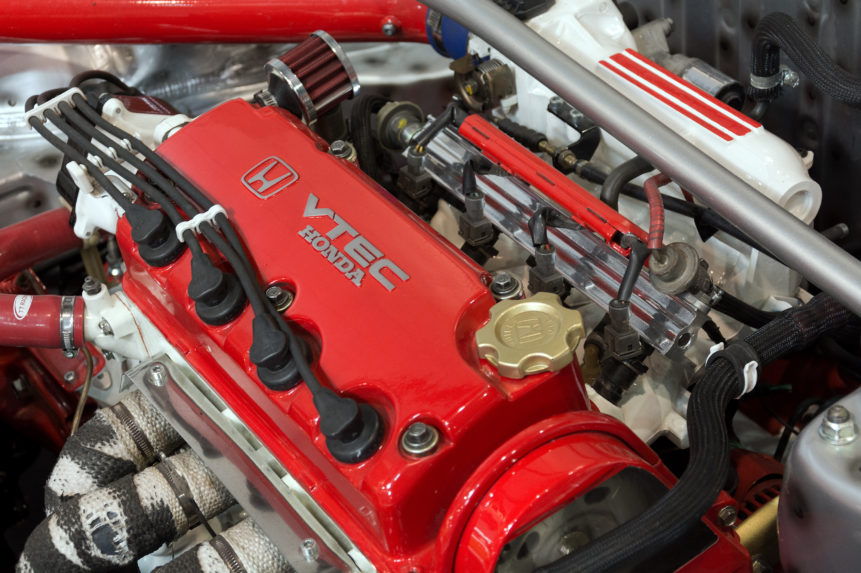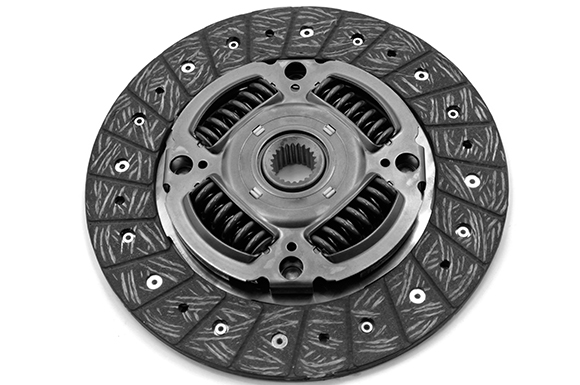Internal combustion engine parts of both types: gasoline and diesel
Internal combustion engines are characterized by the diversity and complexity of their parts, and are divided into two main parts: gasoline and diesel. Each type of these engines consists of several fixed and moving parts, in addition to accessories and systems that contribute to the efficient combustion process and the overall performance of the engine. We will review the main parts and systems of each type separately:
Fixed parts:
1. Engine block:
It is the main structure of the engine and houses the cylinders, combustion chambers, oil channels and cooling fluid, in addition to its role in bearing other parts.
2. Cylinders head:
The top of the engine contains the valves, timing mechanism, and spark plugs or injectors (in the case of a diesel engine).
3. Oil sump:
It contains engine oil and an oil pump to supply the moving parts with the necessary lubrication.
Moving parts:
1. Crankshaft:
It converts the linear motion of the piston into rotational motion, and consists of fixed and moving shafts.
2. Camshaft (camshaft):
It controls the opening and closing of valves according to a specific timing, and takes its movement from the crankshaft.
3. Valves:
It controls the flow of air and fuel into the combustion chambers, and includes the intake and exhaust valves.
4. Pistons:
Cylindrical parts move inside the cylinders to achieve pressure, volume change and work.
5. Connecting rods:
Pistons are connected to the crankshaft to convert linear motion into rotational motion.
Accessories:
1. Dynamo:
It charges the battery and provides electricity to the car.
2. Engine Starter (movement starter – starter):
He starts the engine.
3. Battery:
Providing electricity for the quarry.
4. Fuel injection pump:
It injects diesel fuel at high pressure.
5. Fuel injectors (injectors) :
Used in diesel and gasoline engines respectively.
6. Electrical ignition system in a gasoline engine:
It ignites the spark plugs in the engine at a specific time.
7. Cooling water pump :
Circualate Colant in the engine to maintain the appropriate temperature.
8. Engine Radiator
Radiate the wasted heat to the air .
9. Radiator cooling fan:
Helps improve cooling effectiveness.
Engine Systems:
1. Air supply system:
Ensure that an appropriate amount of air is provided for the combustion process.
2. Fueling system:
Control fuel injection in precise quantities.
3. Diesel engine injection system:
Allows fuel to enter the cylinders under high pressure.
4. Spark distribution system in a gasoline engine:
Controls the timing of fuel ignition in the engine.
5. Lubrication system:
Provides necessary lubrication for moving parts.
6. Engine cooling system:
Maintains engine temperature within safe limits.
By paying constant attention to these parts and systems, engine efficiency can be enhanced and its optimal performance can be ensured.
Sources : https://www.howacarworks.com/





